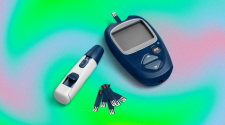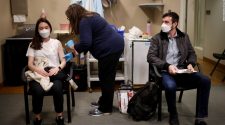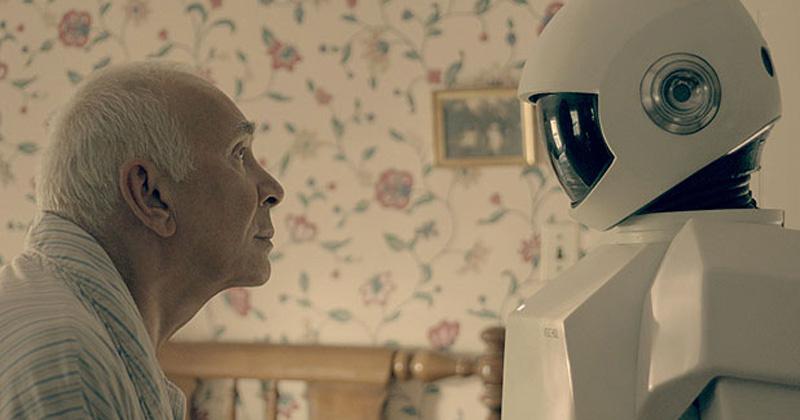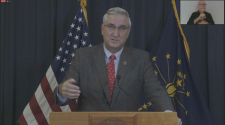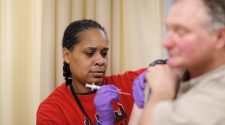The COVID-19 pandemic has brought issues relating to the lives and care of older people to the top of the news agenda. Older people and those with underlying health conditions are among the most susceptible to the coronavirus.
And in the case of older people, many have a foot in both camps. But the crisis has also brought unprecedented attention to the growing role of technology in the lives and wellbeing of older citizens.
Reuters
In tackling the virus, primary strategies have included social distancing, lockdown measures and the cocooning of vulnerable citizens at home. Technology is playing an essential role in making such measures viable and successful. More older people than ever before are having to adopt health monitoring and unified communications solutions to help maintain contact with their primary health care providers, families and friends.
However, it’s not the first time that older generation is observing the benefits of technology in their well-being. Smart technology has gradually encroached into their lives over recent years. Heart monitors and personal alarm systems are among the most common wearable smart technology applications offered to them.
But the COVID-19 crisis has forced service providers caring for older people to apply technology in creative new ways. And it has spurred the exponential adoption of smart tech solutions by people born long before the digital era.
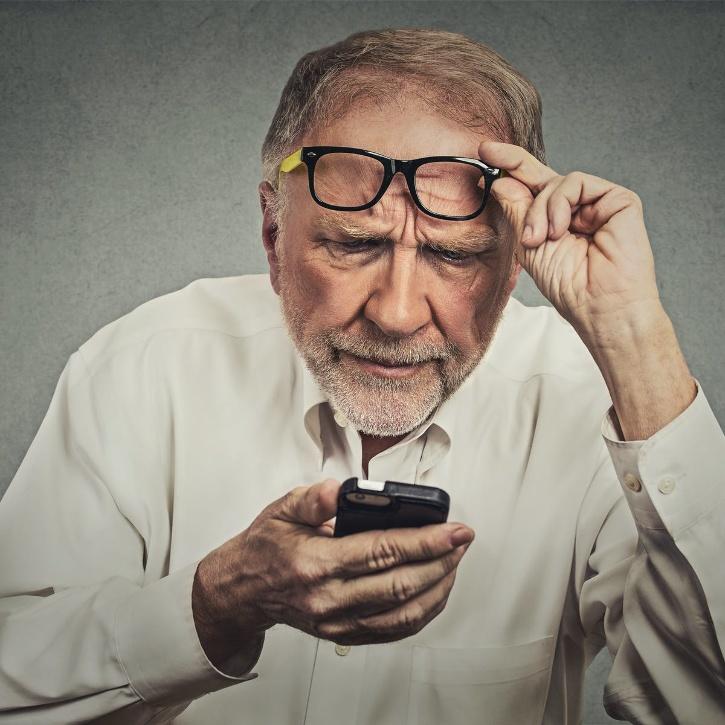
theconversation
As the fifth-generation wireless communications (5G) gears up for its rollout across the globe, the inherent and unprecedented connectivity of 5G presents an array of possibilities for new IoT use cases. And the challenges of COVID-19 are pointing to where such technologies could provide real solutions.
This crisis has brought the possibilities of telehealth to the fore. At a time when isolation is essential for the control of this infectious disease, telehealth is helping health professionals make visual assessments based on the characteristics of the patient’s appearance and behaviour.
The use of unified video communications platforms to connect healthcare professionals to their patients was still niche prior to COVID-19. But now it represents a lifeline for older people with immediate medical needs, who are currently cocooned at home for safety. Using a smart phone or a tablet, older people can gain the connection and reassurance of a face-to-face consultation, which just isn’t possible on a traditional voice call.
The urgent need for intelligence in the fight against COVID-19 has also focused minds on the value of IoT enabled technologies in gathering vital data while providing essential assistance to older people. Smartphones, smartwatches, digital assistance units and medical monitoring devices like wearable heart monitors are among the technologies used to relay essential data directly to healthcare providers. COVID-19 has also spurred the development of smart device apps to generate and collate crucial public health data.

openaccessgovernment
Care homes with their populations of elderly and vulnerable residents have been particularly impacted by the virus. Many are struggling with limited supplies of essential resources. But the crisis has also highlighted the burgeoning role of IoT applications in care settings. For instance, smart technologies such as movement sensors and wearable fall monitors are now mitigating the need for hospital admissions due to injury from falls. And COVID-19 has redoubled the value of such benefits.
I believe the longer-term results of this crisis will include the accelerated adoption of unified communications solutions and development of smarter IoT applications for the safeguarding of older people in domestic and care home settings. Central to this will be an emphasis on connectivity and communications integration to link care homes to hospitals and other community settings. Care provision and resource management will be improved through real-time data sharing. This will ensure that older people remain visible across the care ecosystem.

stuff.co.nz
Another significant result of this crisis is a breaking down of the stereotype that older people are technology averse. And responses to the challenges of COVID-19 are disproving the assumption that technology plays a diminishing role in our lives as we grow older. Senior citizens across different countries are leaning onto digital technologies and universal communications solutions to remain connected to family and friends in the community during lockdown.
Older people are often more susceptible to isolation and loneliness. And the COVID-19 crisis has further removed the benefits many gain from daily interactions. But technologies such as video conferencing platforms are enabling communities of older citizens to see each other’s faces and enjoy the stimulation of regular social interaction while cocooned at home. I believe this is a significant and transformative social shift that must be build upon once this crisis has passed.
About the author: Damien Stephens is the Associate Vice President – Mobility & IoT at Tata Communications. Views expressed here are of the author’s alone.

